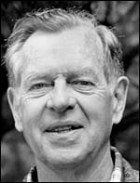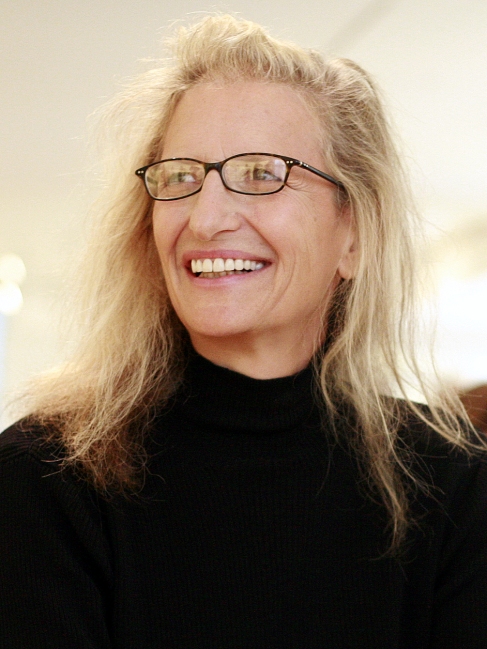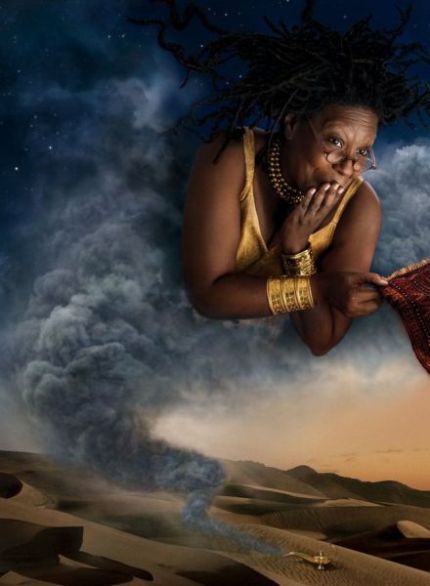Narrative is the tool we need as Journalists or even producers. It also determines the everyday language.
It is a process of construction that relies on two activities:
Selection:
This is where you choose the elements that will appear in the narrative
Ordering:
This is where you put the narrative in a specific order so that the audience can make sense out of the narrative.
Joseph Campbell
For film, narrative is a chain of events in a cause effect relationship occurring in time and space. For film makers Joseph is a prime example of someone that has been extremely influencial.
Joseph Campbell is an american Mythologist that believes that all cultures have grown out of Myths. He is known for his movie The Heroes journey (1907) He also came up the 17 stages of Joseph Campbell’s Monomyth.
Famous and well known films such as, The Matrix, Indiana Jones, Batman, The lion King and Aladdin all use Joseph Campbell’s Monomyth.
Annie Leibovitz
Another example of a mythologist is Annie Leibovitz. She mythologises stories using photography. She takes well known novels such as Alice in Wonderland and uses famous people such as Beyonce to play those characters. Here are some examples:
Annie Leibovitz uses Whoopie Goldberg to play the Genie.
Does the Media Create a Narrative?
The Media’s role is to take real life situations and make them into a story, so that we as the audience continue to take it all in.
This leaves the question on whether emotion drives narrative. Depending on the context, what they want to get across, the purpose, social conditions , intended outcomes and conventions, emotion can drive narrative.
The media use emotion in their narrative so that they are able to convey a story. They do this so that:
- It can bring the audience closer to what they think is real
- Stories can provoke emotions through identification
- Feelings and thoughts that are usually kept hidden become visible
- People can respond using sadness, anger or even nostalgia
These pointers are what they aim to do for charity shows they present to us TV such as Suprise Suprise, Children in need and NSPCC. They present these shows so that it can educate, raise awareness, raise money and help promote acts of kindness.
Although the media has the ability to get people to sympathise with them, they can also regurgitate stories and say some negative things.
Todorov’s Theory
Stories are universal and they happen when something abnormal occurs. Todorov believed that most story lines had similar conventions which is why he made his own theory. He believed that stories had:
- Equillibrium
- Disequillibrium
- Recognition
- Attempt to repair the damage
- New Equillibrium




